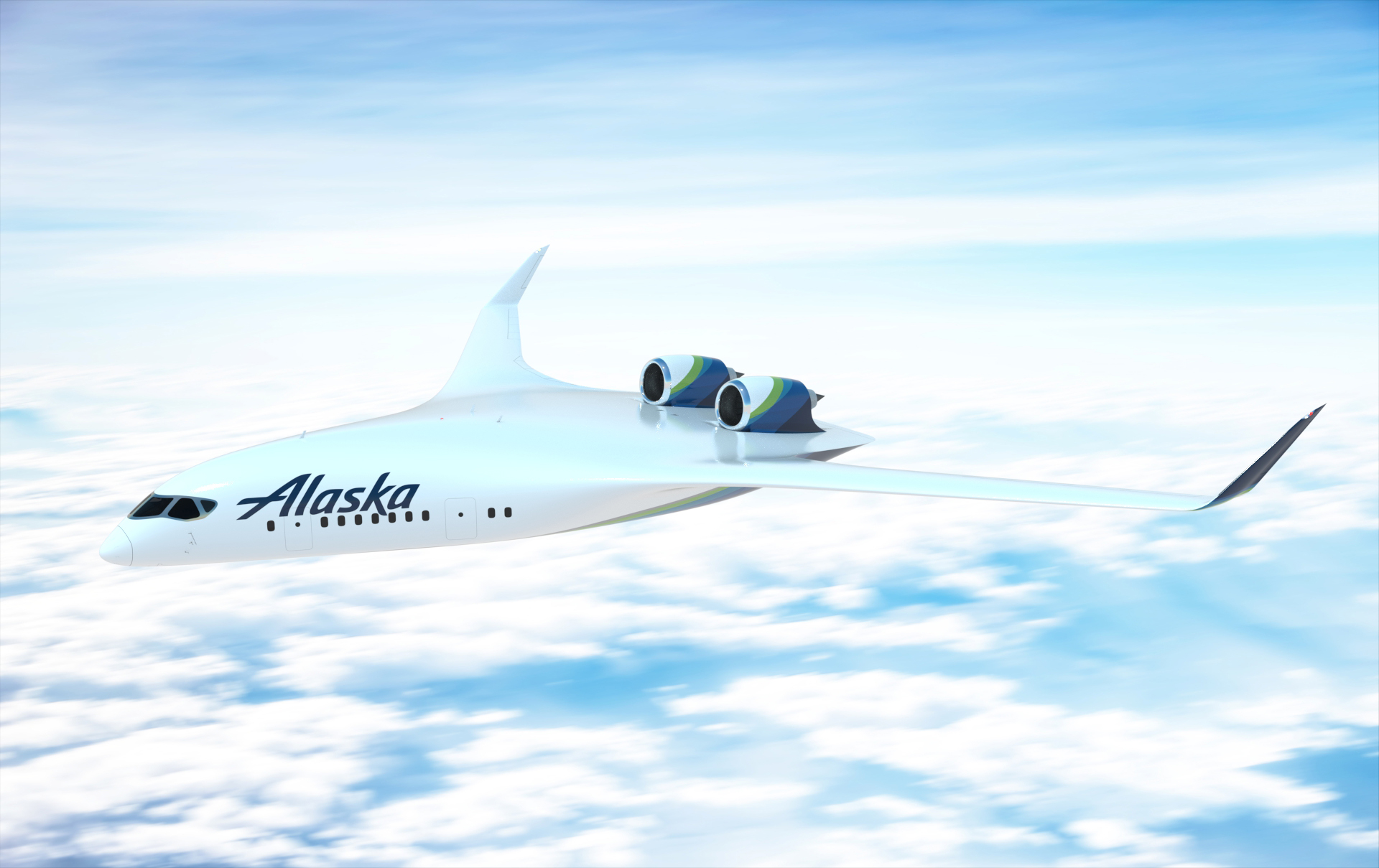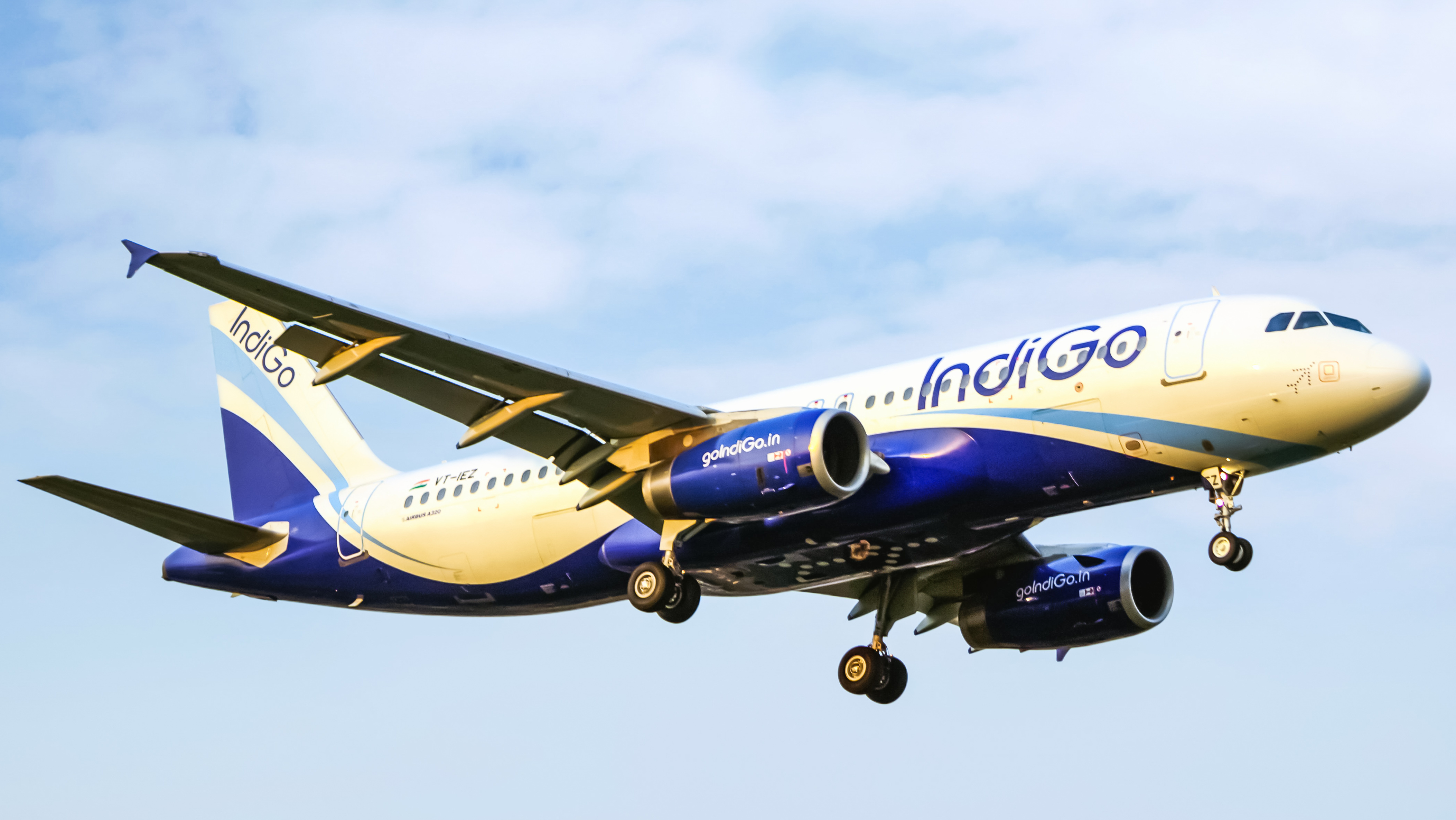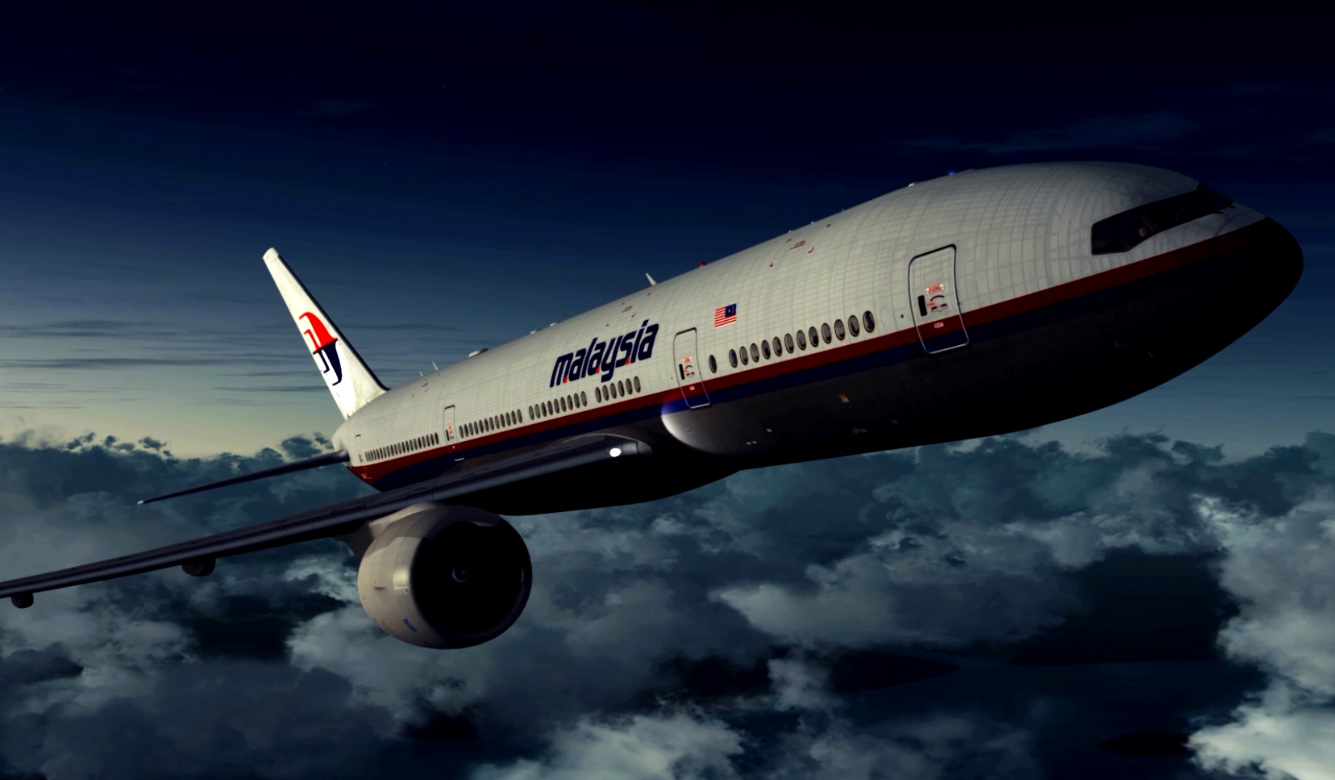
By Geoffrey Thomas
Published Tue Sep 17 2024
The recent announcement that Alaska Airlines is investing in JetZero, which is developing a new blended-wing body (BWB) aircraft, is a huge step forward for the Long Beach, California-based company.
The JetZero 250-passenger BWB will burn to 50% less fuel -and thus emissions- per passenger than a similar-sized aircraft such as the Boeing 767.
The investment, which includes options for future aircraft orders, was made through Alaska Star Ventures (ASV), the airline’s investment arm whose purpose is to influence the future of the aviation industry. ASV is focused on identifying and enabling the technologies that can help Alaska reach its ambitious goal of net zero carbon emissions by 2040.
This initiative is one piece of Alaska’s comprehensive sustainability strategy along with operational efficiency, fleet renewal, sustainable aviation fuel, waste reduction, and electrified aircraft.
“At Alaska, we are always looking for ways to innovate and shape the future of air travel for our guests, employees, and industry.” said Diana Birkett Rakow, senior vice president of public affairs and sustainability at Alaska Airlines.
“We are proud to invest in JetZero’s development of this innovative next-generation aircraft, with a significant step-change in fuel efficiency. We and JetZero share a vision for more sustainable aviation, and we are excited to partner with them in creating that future.”
Not only does the JetZero BWB slash fuel burn it also is very spacious which will enable innovative seating arrangements with benefits to passenger comfort, such as a quieter and more enjoyable flying experience.
Its unique shape also significantly reduces weight and drag and offers huge promise in contributing to a more sustainable future in aviation.

“The biggest challenge for airlines is lowering fuel burn and emissions. Of all the great new technologies in work, the BWB design delivers the biggest impact by far. Airlines will see immediate benefit in cost savings, dramatically lower emissions and improved customer experience, compared to airplanes flying today,” said Tom O’Leary, CEO and co-founder, of JetZero. “We’re thrilled to welcome Alaska to our team of innovators, and our belief that this aircraft will reshape aviation.”
While the BWB design is not new, JetZero has shown unique leadership in collaborating closely with the United States Air Force, NASA, and the FAA to develop its revolutionary blended-wing aircraft and ultimately bring it to market.
Ironically JetZero is located at Long Beach Airport on Donald Douglas Drive named after the greatest aviation leader of the last century, whose company developed the DC-3 which also revolutionised air travel.
A glance and you will miss it but taking a second and third look are airlines the possibilities of this aircraft are enormous in the quest for Net Zero emissions by 2050.
JetZero has taken over the Gulfstream facility at Long Beach Airport and has both the mock-up and the iron bird on display. One senses JetZero is going to be the SpaceX of commercial and military aviation. Everything about the operation speaks to professionalism and polish.
JetZero has emerged as a major player with a replacement for the 240-300 seat Boeing 767, 757 and A300 market with its Z-5 passenger variant to capture the so-called middle of the market.
The concept uses the same baseline BWB configuration for an advanced tanker transport for the U.S. Air Force in a multi-role demonstrator reminiscent of the Boeing 367-80 which in the 1950s led to the development of the 707 airliner and KC-135 tanker.
The BWB concept blends the airframe structure and aerodynamics to reduce weight and drag while enabling the fuselage to contribute to lift.
JetZero co-founder and CEO Tony O’Leary tells AAA that "climate is a great concern and the industry has huge issues with fuel burn and razor-thin margins. And that is just the tip of the iceberg. There are so many issues to address and we are fundamentally, not getting a better solution.”
Mr O’Leary says the JetZero Z-5 airframe solves all those problems. “It's simple and straightforward when we have hardly changed the configuration since the 707 with the propulsion side delivering most of the gains. Now we make this change in the shape because the planet demands it and the airlines demand it, we go to 50% lower fuel burn and emissions. It’s physics - lift, weight, drag and thrust.”
He rightly explains that the engine gains while very impressive over the decades have become complex as the industry strives to get to the holy grail of net zero. O’Leary says another huge plus for the JetZero design is that it will use existing proven technology.
Driving the game-changing project JetZero won U.S. Air Force backing last August to build a demonstrator for the Z-5 with a projected 50% cut in fuel consumption to open the doors of the airline industry as well as the Pentagon.
The U.S. Air Force US$235 million will involve JetZero’s partner Northrop Grumman which taps Northrop's pedigree in flying-wing stealth bombers.
The U.S. Air Force has stated that the BWB “is one of the single most impactful technology opportunities for future U.S. Air Force aircraft, both in terms of capability improvement and greenhouse gas emissions reduction.”
The demonstrator will be powered by Pratt & Whitney's Geared Turbofan.
Also known as a hybrid wing body, JetZero configuration is tailless and more efficient than a conventional tube-and-wing design because of its reduced wetted area, friction drag and lower form drag. BWBs are also inherently quieter than current airliners because the airframe shields most of the noise from engines mounted on the upper surface.
JetZero’s Z-5 design, the first in a proposed family of Z-series aircraft, is optimized for a range of at least 5,000 nm (9200km) and up to 250 passengers. The all-composite aircraft has a wide single deck and high-aspect-ratio wing. Although this extends the wingspan to close to 200 ft.(61m), similar to an Airbus A330 used by Qantas, the body length is shorter than a Boeing 767. Despite the overall size, JetZero says the midmarket aircraft will be about half the weight and require half the power of aircraft it replaces, such as the 767.
From a passenger perspective, the Z-5 will have four aisles with seats set as doubles. Each modular zone will be in a 2-2 configuration with abundant overhead storage space. O’Leary says the configuration options are endless and offer airlines an entirely new passenger-pleasing palette. “Boarding will be a dream.”
Aimed at entry into service in the 2030s, the reduced weight and power requirements are designed to enable the Z-5 to use derivatives of existing single-aisle engines such as the CFM Leap 1 or Pratt & Whitney PW1100G. The aircraft is equipped with mostly conventional systems, simplifying development and reducing cost and risk.
The plan is founded on several design breakthroughs which differentiate JetZero’s proposed BWB from many previous blended wing concepts. One of these is a pivoting nose gear which increases body angle for take-off – thereby solving many of the pitch control and rotation challenges that hampered earlier designs.
For the take-off, the nose gear extends by several feet to increase the angle of attack by about 6 deg., allowing the BWB’s body to produce lift to amplify the effect of the aircraft’s elevons. The design enables the Z-5 to reach pitch attitude faster which in turn allows liftoff speed to be lower and reduces the demand for high take-off thrust. Another bonus is that it eliminates the requirement for leading-edge high-lift slats and reduces the size of the trailing-edge flaps.
Countering another design challenge levelled at BWBs concerning the inefficiencies of pressurizing a noncircular cabin cross-section, JetZero says advances in composites for primary structures, added to the single-deck configuration of the Z-5, eliminate the problem of constructing pressure vessels in a flattened fuselage shape. While the initial design is based around conventional tanks for sustainable aviation fuel, the company says the BWB configuration provides ample internal volume for liquid-hydrogen fuel tanks in the future.

JetZero is aiming for its first flight in 2027.
NASA and Boeing flew an 8.5%-scale BWB demonstrator in 2007, known as the X-48B but Boeing, incredibly, has walked away from the concept.
O’Leary says private investors will also contribute funds to the development project.
JetZero co-founder and chief technology officer Mark Page is part of a team that includes Bob Liebeck and Blaine Rawdon who invented the concept.
The Z-5 tanker also fits into the USAF’s push to have stealthy aircraft to penetrate enemy airspace.
Summing up Barry Eccleston, former Airbus Americas and International Aero Engines CEO and a member of JetZero’s advisory board told Aviation Week’s Guy Norris last year: “You have all these tailwinds from the environment, the Air Force and NASA, plus you have the technology tailwind, which makes it viable when it wasn’t before. Then you set that against the fact that Boeing and Airbus are doing nothing new in this space and you say, ‘We can’t sit here and do nothing.’ The industry deserves it, and the industry needs it. If you’ve got something you know will be 30-50% better than today’s products, why would you not do it?”







